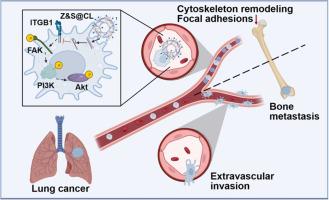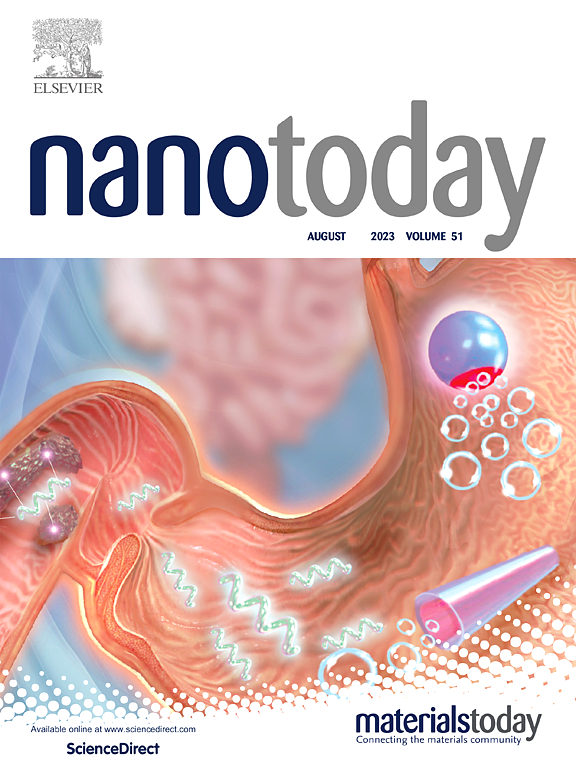ITGB1 serves as a therapeutic target for reducing lung cancer bone metastasis
Abstract
Bone metastasis of lung cancer often leads to severe clinical complications and high mortality rates. The current treatment methods mostly demonstrate limited efficacy due to their inadequate bone targeting capability and insufficient impact on the underlying mechanism of bone metastasis. From the bone metastasis in lung cancer patients, we find that integrin β1 (ITGB1) is a pivotal factor in the pathogenesis of lung cancer bone metastasis, influencing the proliferation, apoptosis, migration, and invasion of lung cancer cells. Therefore, we develop an ITGB1 short-interfering RNA (siRNA)-loaded cationic liposome to treat lung cancer bone metastasis and co-delivered zoledronic acid to enhance its bone-targeting efficacy (Z&S@CLs). The Z&S@CLs exhibit good capability in targeting bones, effectively suppressing the growth of existing bone metastasis tumors and delaying the occurrence of bone metastasis in vivo. Mechanistically, Z&S@CLs prevent the extravascular invasion of tumor cells by modulating the cellular cytoskeleton, inhibiting focal adhesion formation, and suppressing the PI3K/Akt signaling pathway. In summary, these findings provide a promising strategy based on ITGB1 for treating lung cancer bone metastasis.


| 公司名称 | 产品信息 | 采购帮参考价格 |
|---|
 求助内容:
求助内容: 应助结果提醒方式:
应助结果提醒方式:


